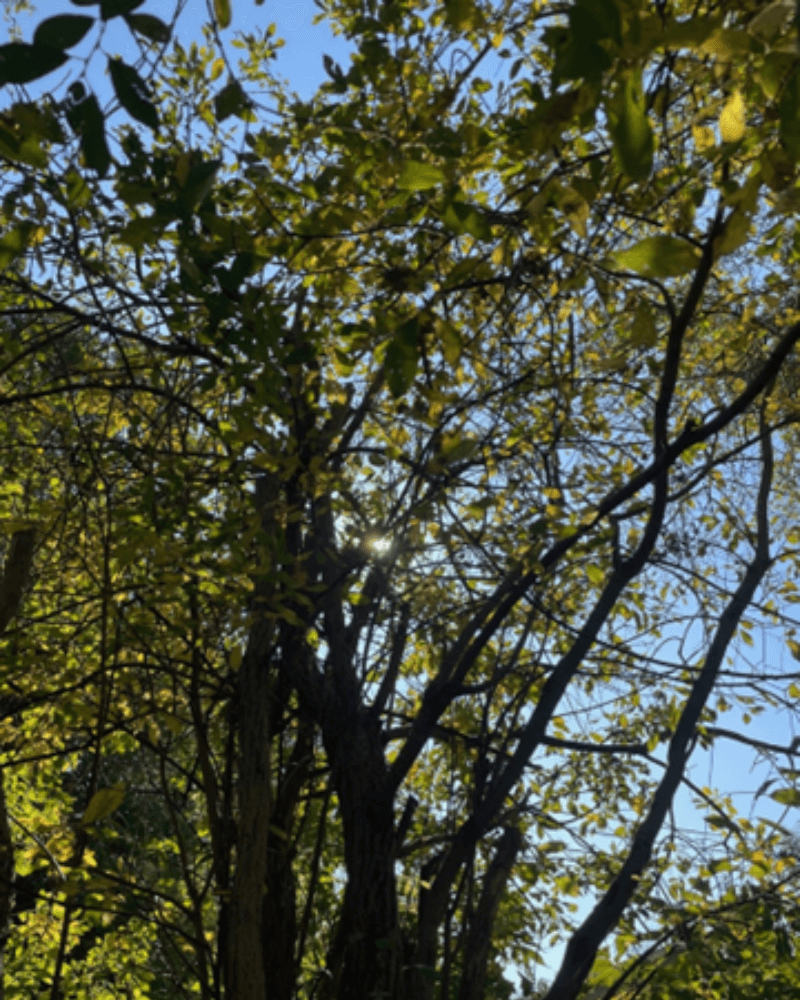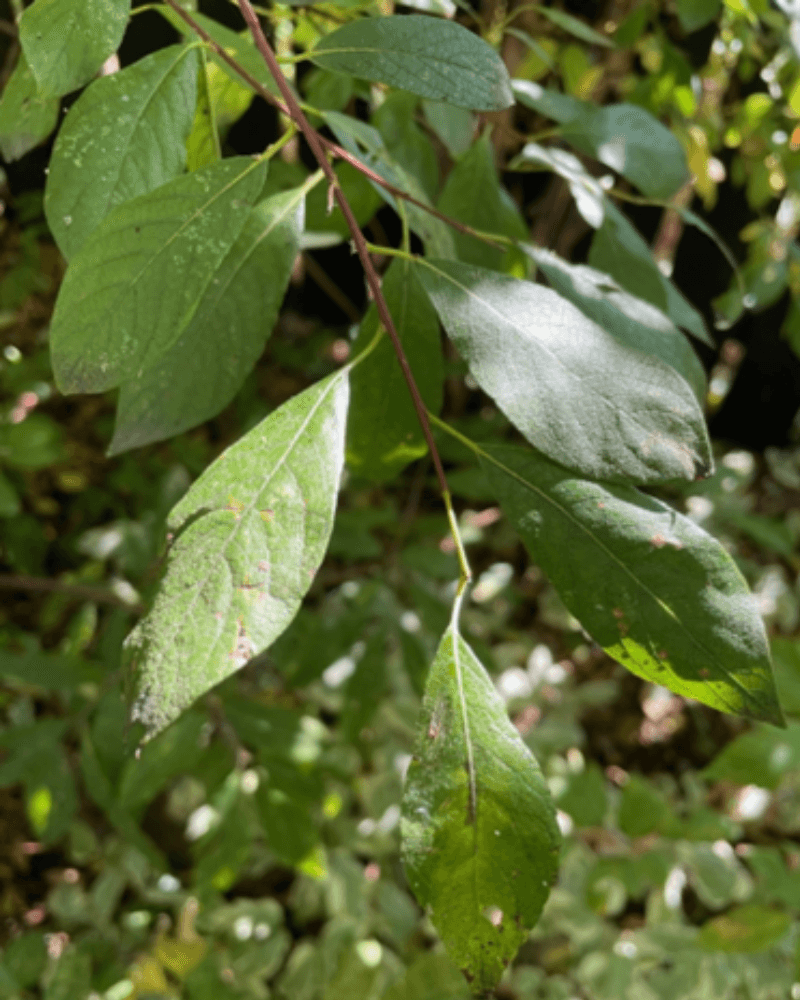Latin binomial name: Salix species
Woods Cree name: miskwāpīmakwa
Plains Cree name: mihkwāpēmakwa
Willows are shrubs and trees that grow in low moist areas near or around water. They are “dioecious” meaning that there are separate male and female plants. Willows have leaves that are two to more than 10 times longer than they are wide. All willow species produce tiny flowers in clusters called catkins; these soft fluffy droops are what gave rise to the name “Pussy Willow”. There are 32 different species of willow in Saskatchewan and differentiating species often requires extensive analysis from an experienced taxonomist.
The willow has many uses, most common is using the bark to dye hide, and other items. This is done by boiling the bark and letting it steep with said items once cooled until the desired colour is reached. The white spruce roots can be used almost as a thread to sew, for example, many birch bark baskets are stitched together by dyed roots. The medicinal properties with this plant are that the bark is used in a tea or skin compress to assist in calming stomach aches, reducing inflammation, removing the itch of skin irritations like bug bites, rashes, soothing eczema and chicken pox. This wood is also used to smoke fish.


In partnership with




